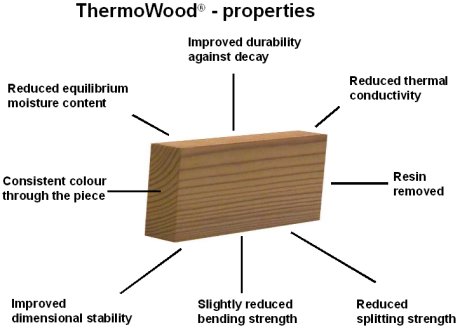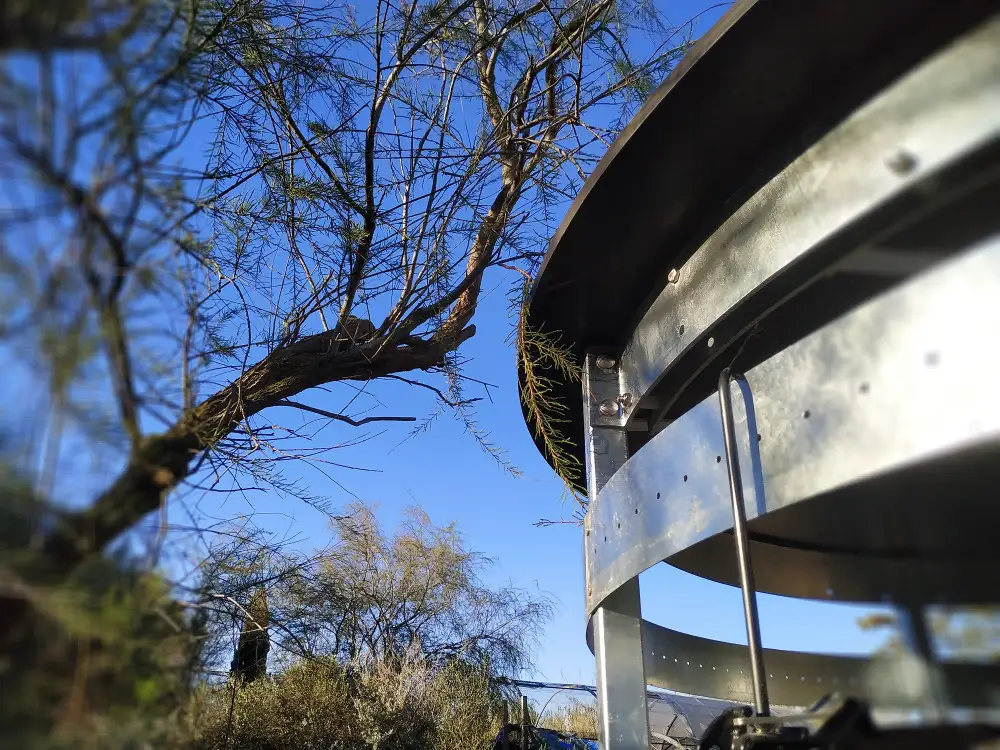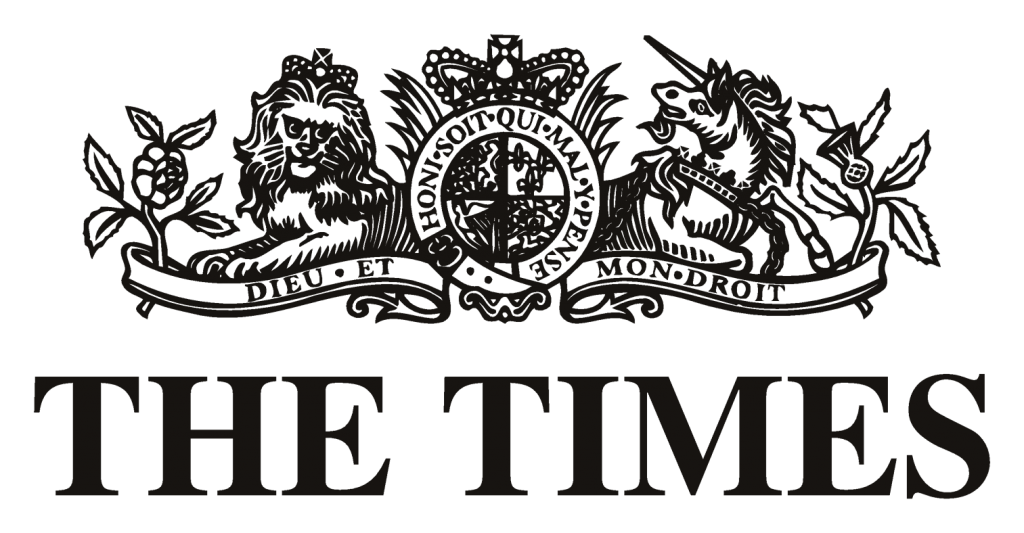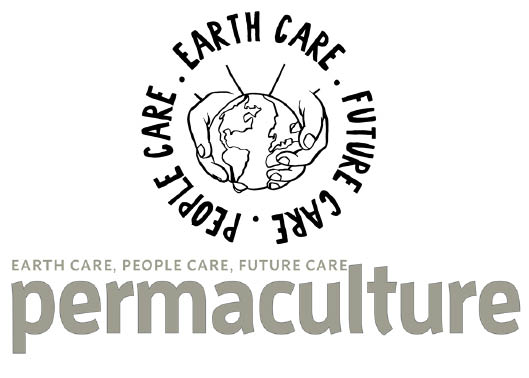Kazuba toilet buildings, manufactured since 2013 have been clad in Thermowood®
Thermowood is a Nordic softwood that has been treated with an environmentally friendly process involving heat and steam, making it durable and ideal for external cladding. As most of the resins are removed and the moisture content is reduced and stabilised during the treatment process, Thermowood is dimensionally very stable over time compared to standard wood, and has improved resistance to rot and decay.

However, it will need regular treatment to maintain the colour and to continue to perform as expected. Under optimal conditions, and with suitable maintenance, Thermowood has an expected lifespan of up to 30 years.
Left untreated, Thermowood will turn from a dark brown to a pale grey colour due to the effects of UV radiation.
The KL1 building is supplied with a tin of surface coating/treatment. This should be applied soon after installation and in accordance with the instructions on the product. Pay particular attention to the end grain of the Thermowood cladding.
The flat roof of the KL2 will provide additional protection to the thermowood cladding, so immediate surface treatment is not required unless you specifically want to change the colour of the wood cladding.
The roof of the KL2 is made from phenolic plywood – the resin coating provides a waterproof surface which, provided it has not been damaged, needs no immediate maintenance.

These checks relate to the Kazuba building only and are in addition to any other checks or maintenance of the underground STK/KHC tank system.
We recommend creating implementing a maintenance plan that ensures the building is thoroughly checked at least twice a year.
Regularly check the tightness of the bolts, paying particular attention to the moving parts (door and door rail where fitted) as well as to the fastening of the roof and the roof bars. Any moving metal parts (hinges, handles and locks) can be oiled or greased as appropriate. Wear or damage should be noted and acted upon.
The galvanised frame should be regularly dusted and cleaned to increase its durability.
Check that the air extractor is working (spinning) properly. A light breeze is enough to set it in motion and spin freely.
Inspect the thermowood cladding for any signs of cracking, rot or damage. Check that vegetation around the building is cut back and leaf debris and soil etc is cleared away from the gap under the walls.
On the KL1 building, pay particular attention to the upper timbers (towards the roof point) which are naturally more exposed to sunlight and rain. Check the aluminium roof cap is flush to the timbers and as intact.
On the KL2 building, inspect the edges of the phenolic plywood roof for any damage that might let water in and treat appropriately. Inspect and clean the upper roof surface and remove any debris.
In addition to the above mentioned checks, we recommend applying a surface treatment such as a proprietry wood oil, to the thermowood cladding after twelve months, and then every 1-2 years depending on your local climate and the nature of the product used.
The surface treatment can be a pigmented wood oil or wood stain. Treatments with a higher opacity will offer better protection against UV damage and may therefore require less frequent application.
Due to the natural water resistance of thermowood, water-based (low VOC) finishes may appear patchy when applied and will need extended drying times (above those suggested for re-coating). Oil-based treatments will usually offer better penetration into the surface and produce a more uniform appearance. The best treatments are those that penetrate into the wood rather than sit on the surface as they will be less affected by abrasion, and offer longer term UV protection.
There are various treatment products on the market such as OSMO Natural Oil Woodstain, Owatrol Textrol, Sikkens Cetol, and Sadolin.
The front and rear panels, together with the door of the KL1 and the roof of the KL2 are made from phenolic or resin coated plywood. This waterproof resin coating offers excellent long-term protection from moisture.
However, any damage or degradation to the edges can create a point where moisture can enter, and if left untreated, the inner plywood may start to delaminate or ‘blow’.
We recommend applying a flexible phenolic/resin plywood ‘edge sealing paint’ to reseal any damaged areas. Every few years, you can apply the edge sealer to the edges to top up its performance.
The flat roof on the KL2 should be checked and retreated with a wood oil every few years.
Kazuba buildings that have not had any surface treatments for three years or more will need an additional one-off process to prepare and repair UV damaged wood. Products such as Owatrol Net-Rol, or OSMO WR Basecoat can be applied first, followed by your colour choice wood oil or protection. Remember that darker and more opaque colours will offer enhanced UV protection.
Not sure which toilet is right for you, need a quote or want to know a little more information?
Help us advise you by telling us a little about your situation - or even better, give us a call to discuss options!
Alternatively, you can write us an email at:
or give us a call on:
Sign up to our newsletter to receive WooWoo news and offers
Like us on Facebook
Suppliers














